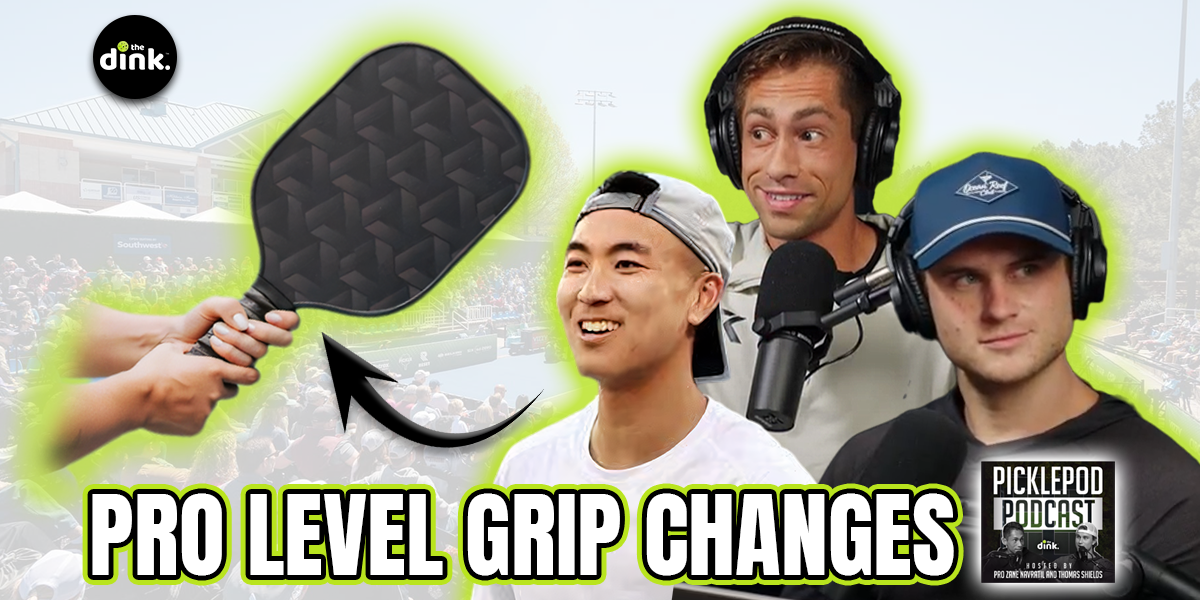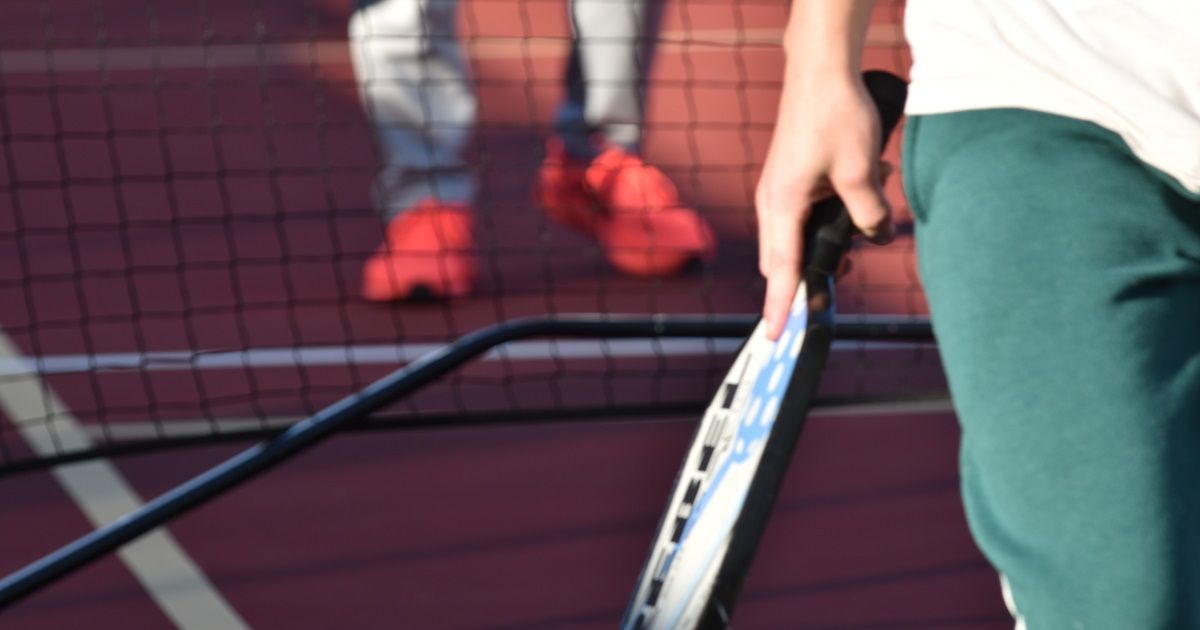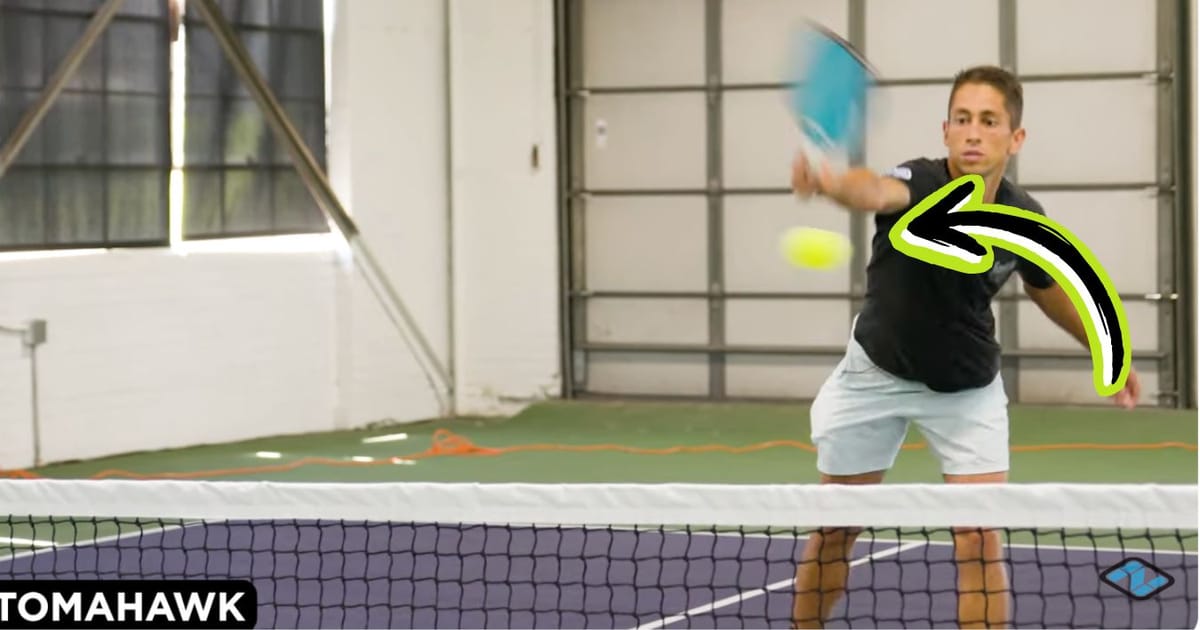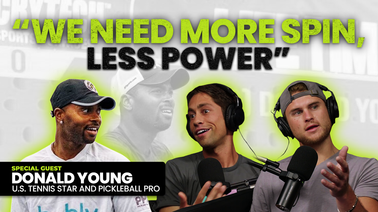
Getting a Grip: The Benefits to Changing How You Hold Your Paddle, Even During a Point
On this week's PicklePod (Click here to subscribe on YouTube), host Thomas Shields asks pickleball pro Augie Ge (pronounced ‘Guh’) if he switches grips when playing pickleball and, if so, how he trains to make that transition while playing.
In case you’re unfamiliar with grips and their different names, the most common (and most commonly taught) grip in pickleball is the Continental Grip. However, there are many different ways to grip your paddle, which you can read below.

Why players might switch their grip during play
While most players have a primary grip, some will consciously change their grip depending on where they are located on the court or when anticipating making a specific shot.
Advanced players might use an Eastern or semi-Eastern grip when serving or at the baseline because the paddle face is angled toward the court and can provide topspin to their shot.
However, as they get closer to the kitchen, they change to a continental, which provides a neutral face angle and allows them to be equally ready to deliver a forehand or backhand.
Even more advanced players might change their grip again during a hands exchange or when anticipating a speed-up to accommodate a backhand flick, a tomahawk, or another specialty shot.

Changing grips during play is all about anticipating your next shot; being able to do that seamlessly can make a huge difference in high-level play.
Does Augie change his grip?
Not really. Or, at least, he doesn’t think about changing grips too often. He says he only switches during forehand dinks or backhand flicks, which helps him gain more leverage and spin.
Zane Navratil, the co-host of the PicklePod and a top-level professional player, goes on to explain when and where he switches his grips.
As you advance along in your pickleball journey, understanding different grips and the benefits of each will pay big dividends.











